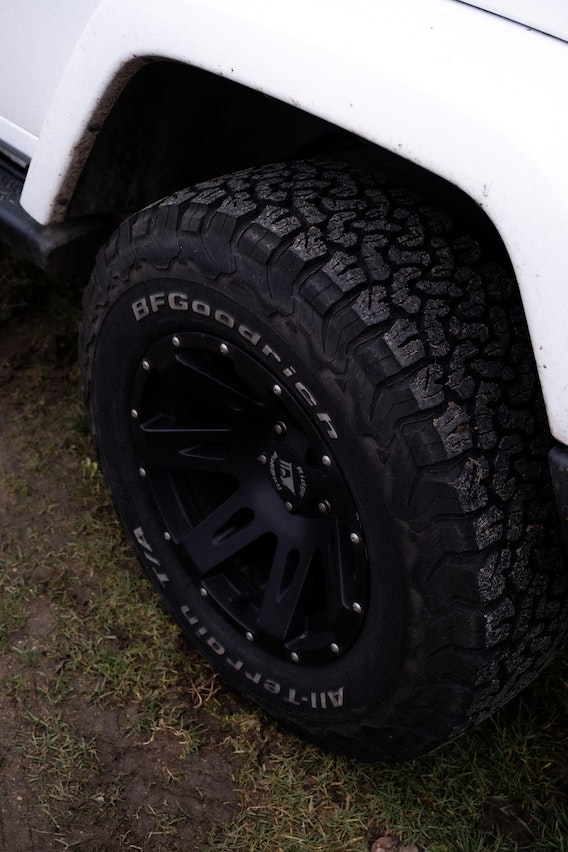
As the temperatures start to drop and the snow starts to fall, it’s essential to prepare your vehicle for winter driving conditions. One critical component of winterizing your car is installing winter tires.
Winter tires are designed to provide optimal traction and handling in cold, snowy, and icy conditions. They have a different tread pattern and rubber compound that allows them to perform better than regular all-season tires in harsh winter weather.
What makes winter tires different from all-season tires?
Winter tires have unique features that make them ideal for cold weather driving conditions. Here are some of the key differences:
- Tread pattern: Winter tires have a more aggressive tread pattern with deeper grooves, allowing them to grip the snow and ice better.
- Rubber compound: Winter tire rubber is designed to remain flexible in cold temperatures, allowing the tire to conform to the road surface and provide better traction.
- Siping technology: Siping involves cutting small slits into the tread blocks that create more biting edges for better traction on slippery surfaces.
- Size: Winter tires are often sized smaller than all-season tires, which allows the tire to cut through the snow and slush.
Why are winter tires essential for winter driving?
Winter tires provide superior traction and handling in cold and icy conditions, which can make all the difference when it comes to driving safely on winter roads. Winter tires can shorten braking distances and improve handling, making it easier to avoid accidents in snowy and icy conditions.
Some people believe that all-wheel drive or four-wheel drive is enough to handle winter driving conditions. However, these features do not provide any additional grip or traction on slippery roads. All-wheel drive may help with acceleration, but it’s the tires that provide the grip needed for stopping and turning.
When should you install winter tires?
You should install winter tires as soon as the temperature drops below 7°C (45°F). This is when the rubber on all-season tires begins to harden, and their grip on the road starts to decrease. Installing winter tires before the first snowfall is ideal but at the very least, they should be installed by December.
When should you remove winter tires?
Once the winter driving conditions have subsided, and the temperature consistently stays above 7°C (45°F), it’s time to remove winter tires. Winter tires are not designed for warm weather driving and will wear out faster if used in warm weather conditions.






